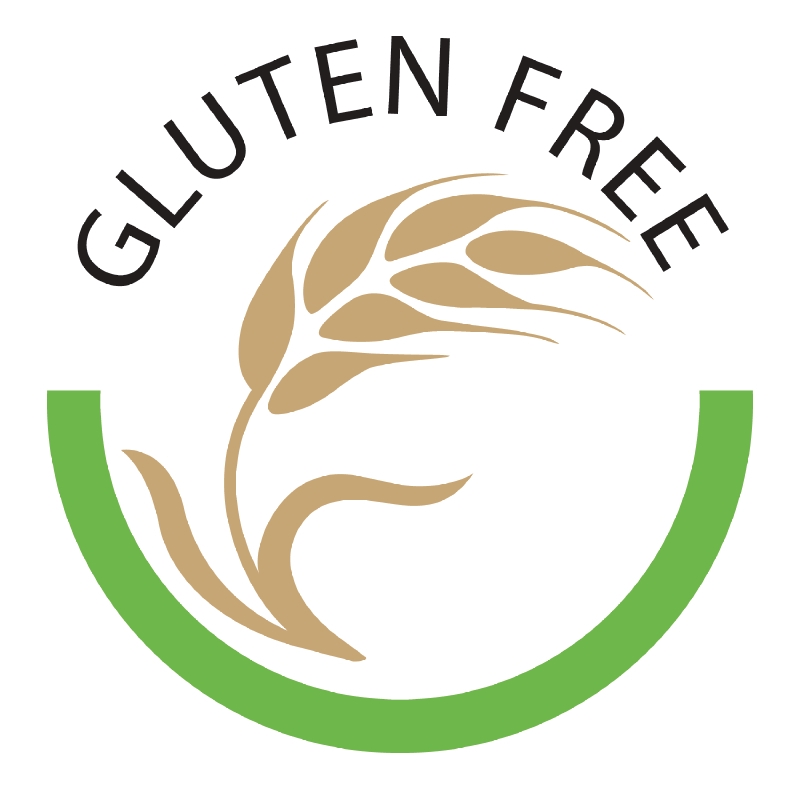The air we breathe, the water we drink or swim in, the chemicals we use on our hair or body, the medications we take, and the foods we eat are just some of the elements surrounding us in the modern world that are potential sources of toxicity. It’s no longer, “Are we toxic?” The question is now, “How toxic are we?” One look at environmental pollution disasters, such as the Flint water crisis, or the dumping of medications down drains where it leaches into the soil in alarming amounts, to pesticides used on agricultural crops contributing to poor food quality and DNA interruption, is enough to cause concern for the health of all. Because once these foreign toxins, known as Xenotoxins, enter the body, it takes careful work to remove them in order to prevent illness during the detoxification process.
When does exposure begin?
The cord blood of newborns has been tested in multiple studies to determine what toxins in the environment, including the food choices of expectant mothers, are found in the blood of these days-old infants. According to an Environmental Working Group study in 2005, 287 chemicals have been identified in cord blood. (EWG, 2005) (Smith, 2010) It consisted of multiple toxins, including that found in pesticides, consumer product ingredients, and waste materials from burning coal, gasoline, and garbage. 180 of the 287 are known to cause cancer in humans and animals, 217 are toxic to the brain and central nervous system, and 208 were shown to cause birth defects and abnormal development in animals.
Environmental toxins are poisonous substances that come from outside our bodies and are lumped into two categories: harmful chemicals and heavy metals. The Centers for Disease Control and Prevention’s 4th national report of 2004 on human exposure to environmental chemicals tested 212 chemicals and all were found in the blood and urine of most Americans (CDC, 2015).
How do you know if the toxins you have been exposed to are causing you a health issue?
Common symptoms of toxic burden include:
• Chronic Fatigue
• Depression
• Headaches
• Cognitive problems like brain fog or memory problems
• Neurological issues like poor balance or tremors
• Insomnia
Common conditions associated with toxic burden include:
• Attention deficit disorder
• Allergies, asthma & chemical sensitivities
• Diabetes & obesity
• Fibromyalgia & other autoimmune diseases
• Fertility issues and birth defects
• Parkinson’s
• Chronic infections & bone marrow cancers
What can you do to minimize your risk of toxic exposure?
Start by looking at your home and work environment to reduce your risk of exposure. Swap chemicals & personal care products in the home for natural alternatives. Buy more organic produce, dairy, and meats. Avoid the use of plastic containers and never microwave in plastic.
A detox diet is another good way to reduce and remove stored up toxins in the body. Some of these foods include the following:
- Foods rich in vitamin C – Fruits and vegetables rich in vitamin C can reduce the damage caused by heavy metal toxicity by acting as an antioxidant.
- Cilantro and other green vegetables – Cilantro and green leafy vegetables like kale, spinach, and parsley are detoxifying and can help reduce the buildup of heavy metals like mercury in the body.
- Garlic and onions – These vegetables contain sulfur which helps your liver detoxify itself of heavy metals like lead and arsenic.
- Water – Drink 8 ounces of water or vegetable juice every two hours to help flush out toxins.
- Flax and chia seeds – Omega-3 fats and fiber can help with the detoxification of the colon and reduce inflammation.
Toxic Foods to Avoid:
- Farmed fish – These can contain heavy metals, dioxins, and PCBs which are highly toxic.
- Food allergens – If your body is fighting against common allergens, it will not be able to detoxify from heavy metal poisoning.
- Non-organic foods – These foods increase exposure to chemicals which make symptoms worse. Some of the worst offenders include conventional apple juice and brown rice products.
- Foods with additives & preservatives – Additives are chemicals that can aggravate toxicity symptoms and decrease your body’s ability to detoxify.
- Alcohol – A toxin to the body, alcohol impairs the ability of the liver to process other toxins and contributes to toxic load.
Final Thoughts
Toxins are fat soluble and love to store in fat! When detoxing, it is important to have the right nutrients and supplemental support that will encourage toxins to convert to a water-soluble form and leave the body through the intestines and kidneys. An improper detox, or too rapid of a detox, can cause toxins to release, re-circulate and resettle in fat. Remember that your brain is composed of approximately 65% fat. It is best to detox under the guidance of a nutritionist or other health professional, as this will prevent complications and adverse effects.
Resources
CDC. (2015, February). CDC 4th National Report on Human Exposure to Environmental Chemicals. Retrieved February 3, 2016, from CDC.gov: http://www.cdc.gov/exposurereport/
EWG. (2005, July 14). Retrieved February 2, 2016, from EWG.org: http://www.ewg.org/research/body-burden-pollution-newborns
Smith, S. (2010, July 28). CNN. Retrieved February 2, 2016, from CNN.com: http://www.cnn.com/2010/HEALTH/06/01/backpack.cord.blood/







